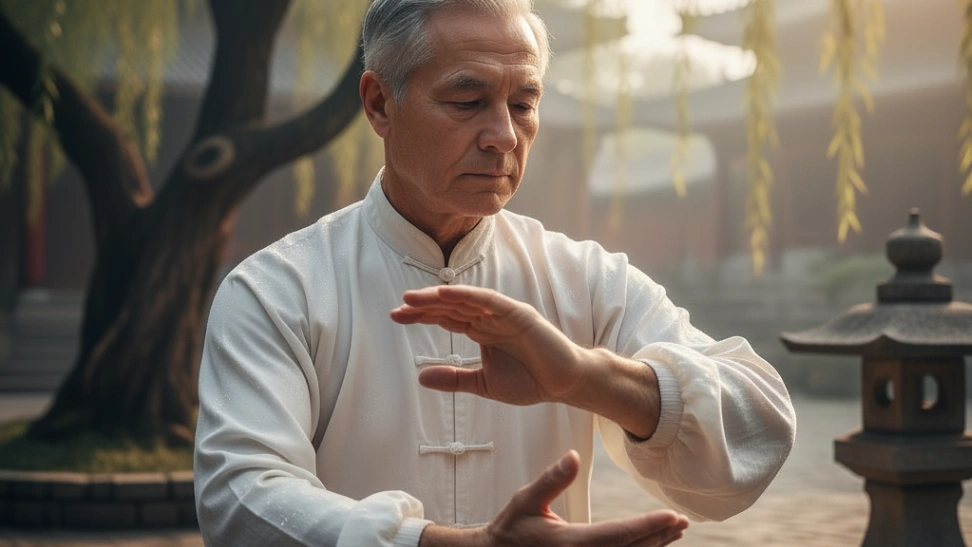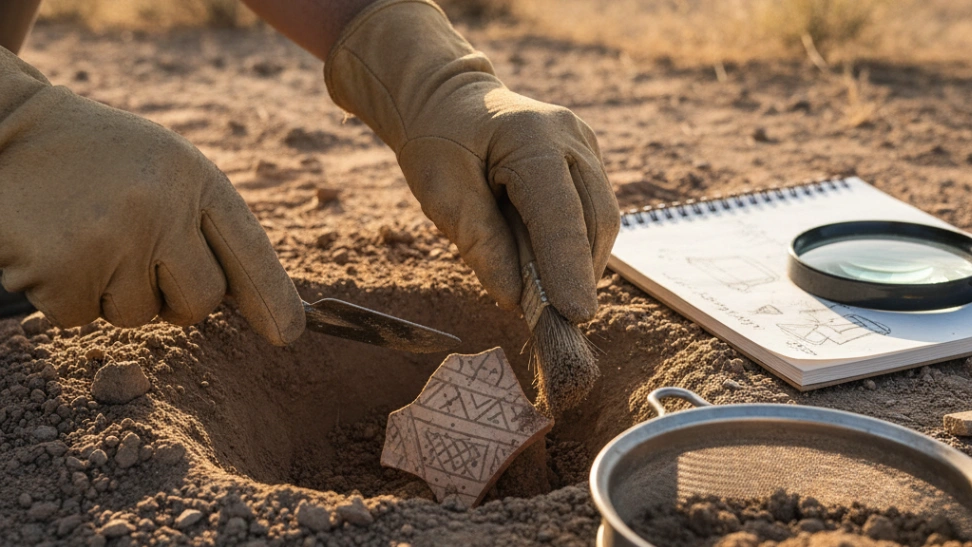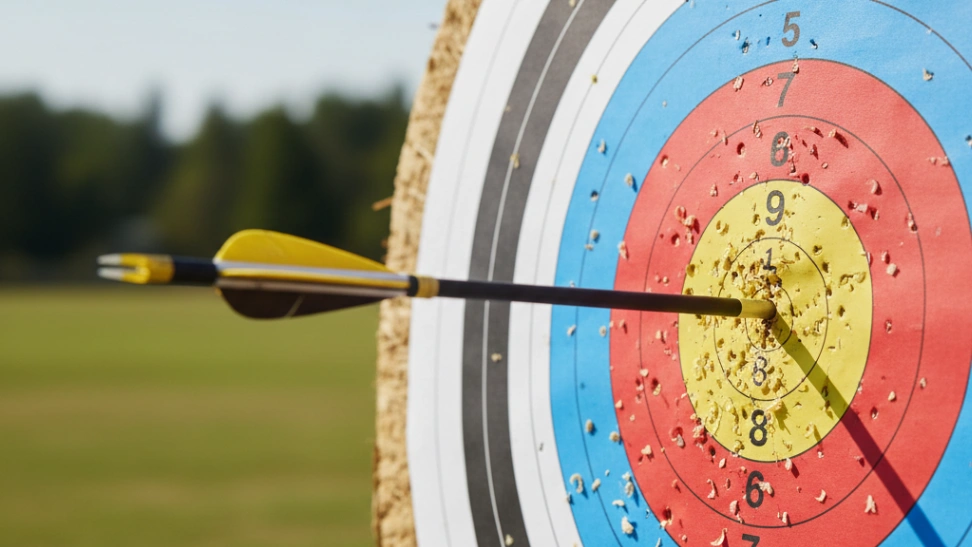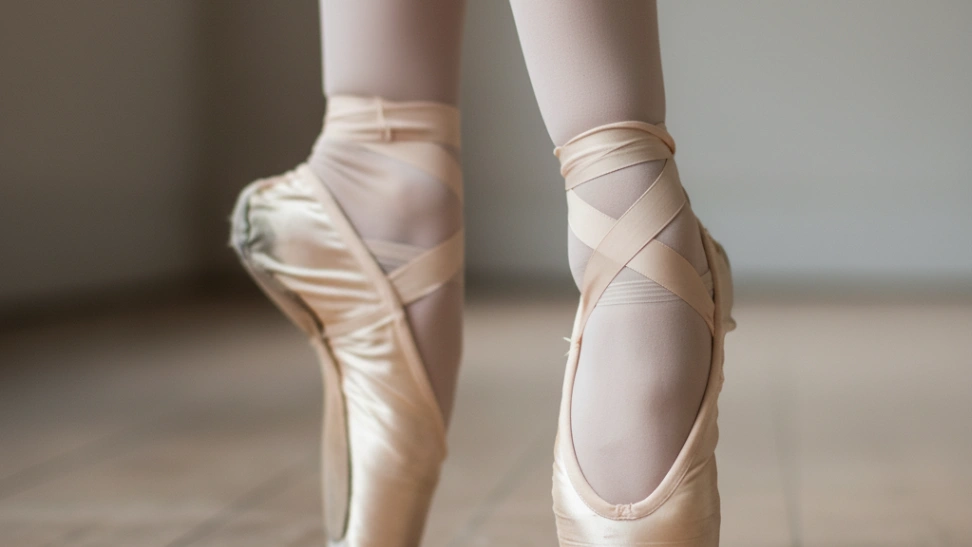The origins of Tai Chi are steeped in Chinese history and philosophy, tracing back several centuries. While specific founding narratives vary, the general consensus points to its development in China as a sophisticated internal martial art. One popular legend attributes its creation to the Taoist monk Zhang Sanfeng, who is said to have observed a fight between a snake and a crane, inspiring him to develop a soft, yielding martial art that could overcome hard, aggressive force. Historically, Tai Chi was practiced for self-defense, characterized by its emphasis on using an opponent's force against them, rather than meeting force with force. Over time, its health-promoting aspects became more prominent, leading to its widespread adoption as a health exercise and a form of moving meditation. The philosophical underpinnings of Tai Chi are deeply rooted in Taoism and Confucianism, incorporating concepts of Yin and Yang, the five elements, and the flow of Qi, which all contribute to its unique blend of physical, mental, and spiritual cultivation.
A typical Tai Chi session involves a series of forms, which are sequences of movements performed slowly and continuously. These forms can range from short, simplified sequences for beginners to long, intricate routines that take years to master. Each movement flows seamlessly into the next, maintaining a constant, gentle rhythm. Practitioners focus on their posture, alignment, and the coordination of breath with movement. The emphasis is on relaxation, rooting (feeling connected to the ground), and cultivating internal awareness rather than external muscular force. While often performed individually, Tai Chi is frequently taught in group classes, where an instructor guides students through the forms, correcting posture, and explaining the underlying principles. Beyond the physical forms, Tai Chi often includes Qigong exercises, which are simpler, repetitive movements or static postures designed to enhance Qi flow and promote health. The meditative aspect is crucial, as practitioners are encouraged to clear their minds, be present in the moment, and observe their internal sensations.
The myriad benefits of regular Tai Chi practice are well-documented and extend across physical, mental, and emotional domains. Physically, it significantly improves balance and coordination, making it particularly beneficial for older adults in preventing falls. It enhances flexibility and range of motion, strengthens leg muscles, and can improve cardiovascular health without high impact. The deep breathing techniques can boost respiratory function and reduce blood pressure. Mentally, Tai Chi is a potent stress reducer. The meditative nature of the practice calms the nervous system, alleviates anxiety, and can even help manage depression. It improves focus, concentration, and memory, as practitioners must remember complex sequences of movements and maintain mindful attention throughout their practice. Emotionally, the discipline and consistency required foster patience, self-awareness, and a sense of inner peace. It helps practitioners develop a stronger mind-body connection, leading to a more integrated and harmonious self.
Embarking on a Tai Chi journey requires patience and an open mind, as mastery is a lifelong pursuit rather than a destination. While the initial movements might feel awkward, consistent practice gradually refines coordination and understanding. The beauty of Tai Chi lies in its adaptability; it can be practiced almost anywhere – indoors, outdoors, alone, or with a group – and requires minimal equipment. This accessibility, coupled with its profound holistic benefits, makes Tai Chi a sustainable and rewarding hobby for anyone seeking to improve their physical health, calm their mind, and connect with a rich tradition of movement and mindfulness. Many practitioners find that Tai Chi becomes more than just an exercise; it transforms into a way of life, influencing their approach to daily challenges with greater calm and resilience. It is an enduring art that continually offers new layers of understanding and self-discovery.



